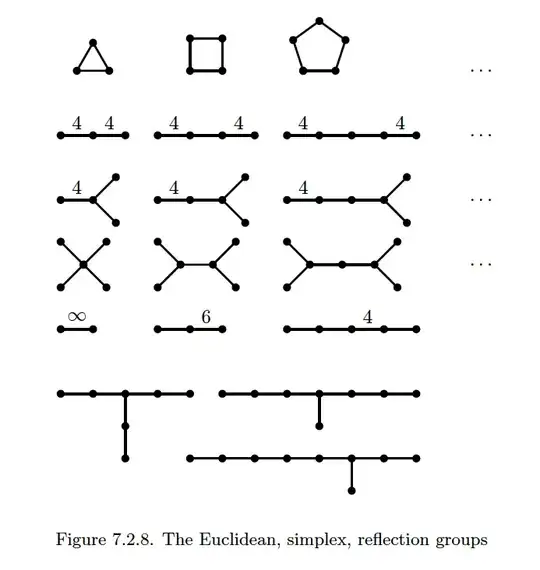The following is too long to leave as a comment, so I post it as an answer.
At least for the cases of the Bernstein problem for minimal graphs, Simons' theorem on stable minimal cones, etc., there is some evidence that dimension 8 is more likely a coincidence rather than having deep intrinsic reasons. In more general settings, that 8 is as magical as 7,6,5, or 4.
If we measure the area of hypersurfaces in Euclidean space with respect to norms other than the quadratic form ones, then the above magic dimension 8 breaks down, even with respect to norms that have high degrees of symmetry. (Of course, there is a lot of ambiguity here as in general there are many different ways to measure the area in say a Finsler norm. To avoid such ambiguity, here we assign different areas to different hyperplanes directly. The key word usually used in geometric measure theory is elliptic integrands/anisotropic area.)
Some references are as follows.
MR0467476 Reviewed Schoen, R.; Simon, L.; Almgren, F. J., Jr. Regularity and singularity estimates on hypersurfaces minimizing parametric elliptic variational integrals. I, II. Acta Math. 139 (1977), no. 3-4, 217–265. (Reviewer: William K. Allard) 49F22
MR1092180 Morgan, Frank The cone over the Clifford torus in R4 is Φ-minimizing. Math. Ann. 289 (1991), no. 2, 341–354. (Reviewer: Harold Parks) 49Q20 (53C42 53C65 58E15)
The anisotropic Bernstein problem by Connor Mooney, Yang Yang, https://arxiv.org/abs/2209.15551
Roughly speaking, the Almgren-Schoen-Simon paper shows that for the area-minimizing hypersurfaces in well-behaved normed spaces, the singular set has vanishing Hausdorff codimension 2 measure. (Note that for quadratic norm, the singular set is of codimension at least 7). Thus, it is imaginable that for general normed areas on Euclidean space, the Simons cone/failure of Bernstein problems should exist in lower dimensions. It is indeed the case by Frank Morgan, who shows that the cone over the Clifford torus is area-minimizing with respect to an $SO(2)\times SO(2)$-invariant normed area in $R^4$. This is sharp in view of the regularity result by Almgren-Schoen-Simon. Then the work of Mooney and Yang gives counterexamples to Bernstein-type theorems, similar in spirit to the connection mentioned by Ian Agol for the quadratic norm.
I think for such normed areas which are $C^\infty$ close to the quadratic area, such phenomena cannot happen, thus retaining the magical 8. However, it is conceivable that one should be able to find fairly symmetric norms so that the corresponding magical number is any of 8, 7, 6, 5, 4. Thus, the number 8, in this case, might not be as magical as one thinks, if one sees it in a more general setting, say Finsler geometry.
Remark 1: Here is an anecdote I heard from William Allard. Before Simons' paper on stable cones, Wendell Fleming once said that heuristically with dimension increasing, the portion of area inside a unit ball is decreasing. Thus, it's conceivable that with the dimension increasing, strange things can happen.
Remark 2: Notably, by Gary Lawlor's classical results on vanishing calibrations (https://bookstore.ams.org/memo-91-446/) a minimal cone of arbitrary codimension is area-minimizing as long as the second fundamental form and the cotangent of the focal radius of its link are relatively small compared to its dimension. Thus, when dimensions increase, area-minimizing cones should become more and more abundant in some sense, indeed verifying Fleming's heuristic. Lawlor's criterion accurately detects all area-minimizing hypercones known up to date, and can even prove the instability in cases of lower dimensional Simons/Lawson cones. Almost all non-special-holonomic area-minimizing cones known up to today, i.e., excluding holomorphic, special Lagrangians, associatives, etc., either can be proven to be minimizing using Lawlor's criterion or are precisely discovered this way.

https://en.wikipedia.org/wiki/Bernstein%27s_problem (see also De Giorgi's conjecture which holds up to dimension 8 and false in dims. > 8).
– Ian Agol May 03 '20 at 04:58